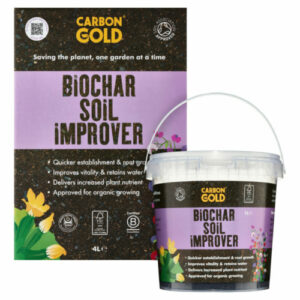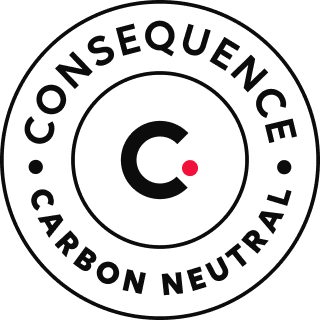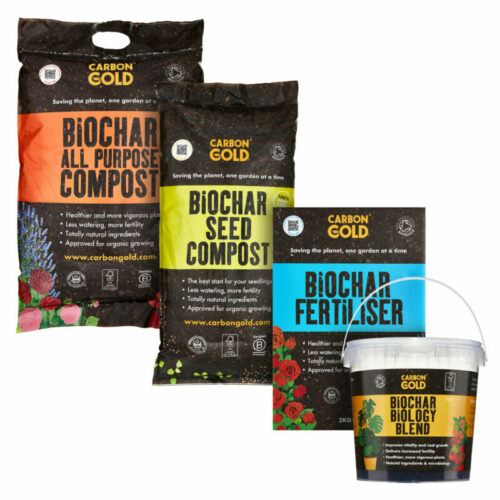Feed your soil - The Biochar Revolution
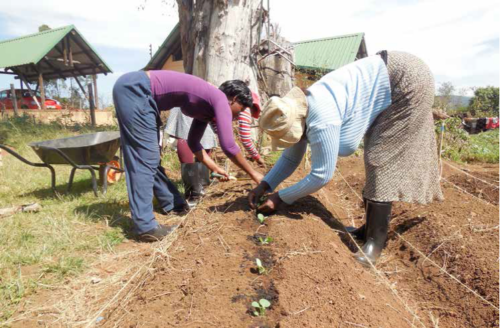
When my great grandfather “Ole Doxtad” ploughed the virgin Nebraska prairie of Dakota County in 1885 those rich loess soils contained 100 tonnes of carbon, as organic matter, per acre. By the time I was born, our farm was down to only 10 tonnes of carbon per acre. The other 90 tonnes are in the atmosphere as carbon dioxide, accelerating global warming. The organic matter that we lost was living material, vibrant soil packed with infinite numbers of microorganisms working in harmony to produce soil in which fertility was abundant, disease was unknown and erosion was non-existent. The microorganisms exuded sticky material called ‘glomalin’ that glued the tiny soil particles together and allowed passages through which air, water and microorganisms and macro organisms such as worms to pass freely. When my grandfather’s horses couldn’t plough deep enough to pull more fertility up from deeper in the soil he got a tractor and could reach even further into the vast store of humus-rich fertility that he mined relentlessly year after year. Nitrate fertilisers came along just in time. About the same time as Grandpa Ole began ploughing, John Hollow Horn, Oglala Lakota, was recorded nearby as saying: “Some day the earth will weep, she will beg for her life, she will cry with tears of blood. You will make a choice if you will help her or let her lie, and when she dies you too will die.” Biodynamic farmers and organic farmers have already made the right choice.
Regenerative farming restores the earth to its former wealth of life and fertility. We have to put that carbon back in the soil to bring it to life. Rudolf Steiner spoke of the balance of carbon between plant and animal life. Animals inhale oxygen and exhale carbon dioxide. Plants inhale carbon dioxide and exhale oxygen. He said “Due to the existence of plants, especially of the forest, life on Earth can continue. If there were no forests, or if huge corporations were to cut down the trees, as they are already doing to some extent, life would become much less healthy”. This thinking applies equally to soil. Cutting down a tree is visible. The demolition of soil is invisible, but it is still destroying a carbon sink. When you discount the water, soil organic matter is about half carbon. Similarly a human being is about half carbon. That carbon has been around since the beginning, it never goes away, it just ‘re-incarbonates’ in different forms. At some time in the past the 15 kg or so of carbon that now makes up your body may have been limestone, carbon dioxide gas, dinosaur turds, peat, coal, mosquitoes, a cow’s methane rich belch, a rhino horn or an olive tree or a meadow flower. Now it’s you.
Carbon is vital to the entire matrix of life on earth. As Steiner put it: Think what an excellent arrangement nature has made, that plants and animals and human beings should complement one another in this way!” The carbon that plants take out of the atmosphere becomes converted into soil organic matter in a number of ways: and by photosynthesis. Carbon dioxide is converted to carbohydrate that feeds the multitude of soil microorganisms that make up living soil. When they die and decompose much of their carbon stays in the soil. n The roots of plants go deep underground and their carbon becomes locked in the soil. n The plant matter itself decomposes and when incorporated into soil becomes organic matter which is half carbon. Composting improves this process. n It can also enter the soil as biochar.
SO HOW DOES BIOCHAR FIT INTO ORGANIC MATTER?
Biochar is almost pure carbon, at least 80% elemental carbon. It is made from wood, so it retains the porous cell structure of the original woody feedstock – it resembles a sponge, but made out of rigid carbon rather than soft material. It makes a big difference to soil biology. The soil food web is active. Bacteria divide to reproduce every twenty minutes or so. Fungi grow continuously in all directions. But they are not alone. Protozoa, mites, nematodes, amoebae and other larger microorganisms feed on them continuously. One protozoa needs to consume 50,000 bacteria a day just to keep going. It helpfully excretes nutrients as a by-product of this process and some of these make useful soluble manure for plants. But plants mainly get their nutrition from mycorrhizae, which are called ‘vesicular arbuscular mycorrhizae.’ ‘Arbuscular’ because they take a tree-shaped form. ‘Vesicular’ because they have thousands of tiny vessels (‘vesicles’) that are storage depots for the sugars that have been delivered by the plant. These vessels ensure that mycorrhizae are never short of sugar. This is the sugar they dispense to the other soil microorganisms as and when needed. If the plant needs phosphates then the mycorrhizae deliver more sugar to accelerate the growth of actinomycetes bacteria, which enzymatically convert rock phosphorous into soluble phosphates. If the plant needs antibiotics, the mycorrhizae feed sugar to the bacteria or fungi that produce the necessary poisons to repel insect or fungal pathogens. The mycorrhizae live in and around the roots of the plant. (‘Myco’ = mushroom or fungus, ‘rhizae’ = root.) In the winter the vesicles fill up with sugar from ‘their’ tree and in the spring they send it back up, as rising sap, to get the tree going until it can make its own sugar by capturing sunlight, carbon dioxide and water.
SO WHAT HAPPENS WHEN BIOCHAR IS IN THE SOIL?
Carbon is the most promiscuous atom in the world. It happily combines with oxygen to produce carbon dioxide and with oxygen and hydrogen to produce carbohydrates and cellulose. It is in protein, fat and bone. But in its purest state it’s a hermit, only responding to fire to become carbon dioxide. In its pure elemental state as biochar it has a cation exchange capacity that enables it to hold on magnetically to other molecules without chemically reacting with them. This reduces losses of soluble mineral nutrients. Its sponge-like texture means it is a reservoir for moisture that might otherwise evaporate or drain away. This also means it helps keep soil aerated and resistant to compaction But perhaps its most important function is as a ‘refugia.’ If you are one of the 50,000 bacteria that a protozoa needs to eat every day you can take shelter in the microscopic pores of biochar and carry on dividing and multiplying. A predatory amoeba, protozoa, mite or nematode is too big to be able to reach inside the pores of biochar. Much as our ancestors took refuge in caves to avoid the depredations of Sabre-toothed tigers and other predators, the beneficial fungi and bacteria that support plant growth and health take refuge in the tiny cavities of biochar. The result? An increase in the population of the beneficial fungi and bacteria that can range from double to ten times or more. Pathogenic fungi, that have a perfectly useful role to play in decomposition of cellulose, will attack a living plant if it is not defended by its population of microbial life. The more mycorrhizae there are the more sticky glomalin is produced, gluing together soil particles and underpinning the architecture of soil structure.
AT CARBON GOLD WE HAVE SEEN BIOCHAR AT WORK IN NUMEROUS WAYS AND CONTINUE TO LEARN ABOUT IT.
With trees, working with Bartlett’s Tree Experts, we have cured honey fungus that was rampant in one of London’s largest gardens. A planting of ash in a Woodland Trust site near Braintree was initiated to replace ash trees that were suffering from dieback. None of the ash trees planted with biochar show signs of dieback, all of the ones planted without are now infected. In Stockholm the environment chief, Bjorn Embren, now uses a planting mixture for new urban trees that is 1/3 biochar. It makes a huge difference to tree survival. He recently hosted a seminar attended by tree officers and environmentalists from from all over the world to demonstrate his method. The Totteridge Yew, which is London’s oldest living thing, was dying a few years ago.
Biochar has given it a new lease of life. A chestnut avenue in Kew Gardens is recovering from blight. We supply biodynamic farmers (Frank de Koning and Poldervaart) in the Netherlands who use our product to ensure that tomato seedlings get off to a flying start and thrive after transplantation. We also supply non-organic tomato growers, who wrestle with a horrible disease called Root Mat Disease where the tomato plant puts all its energy into developing a huge root network instead of directing its energy towards producing fruit. The AHDB (Agriculture and Horticulture Development Board) announced in March 2017 that of all the treatments for this problem, only Carbon Gold provided a solution. Organic growers also use biochar extensively, particularly in soft fruit, cucumber tomato production, but with good results across the board. Trials on vineyards in Switzerland have shown long term benefits and we are now trialling with Italian vineyards where sandy soils need the soil aggregating benefits of biochar. Farmers in Malawi who have been making their own biochar with Carbon Gold kilns are experiencing yield uplifts from 20 – 100%. In Belize, where cocoa farmers have been using our kilns since 2010, there has been expansion of cacao production, fed by nurseries propagating traditional varieties of cacao in a biochar potting mix. The trees themselves receive a one-off application of biochar and this successfully deters phytophthora (‘black pod’) a disease which was hitherto a major constraint on production Biochar was originally used by the indigenous people of the Amazon to create rich fertile farmland out of poor jungle soils. In organic agriculture it can help restore degraded soils and support increased carbon sequestration in the most well managed soils. It is the key to restoring Earth’s degraded soils. Where there are problems, biochar can most likely be part of the solution. Even where soil is in good heart, a once off application of biochar can make it more fertile and resilient to changes in climate or other external conditions.
Written by Craig Sams, Founder of Carbon Gold for Star and Furrow magazine.
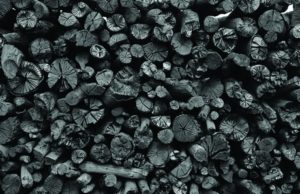
Stay in the know
Subscribe to the mailing list to keep up with new products & industry developments. Don't worry... we don't like spam either.
Author
Carbon Gold
Biochar
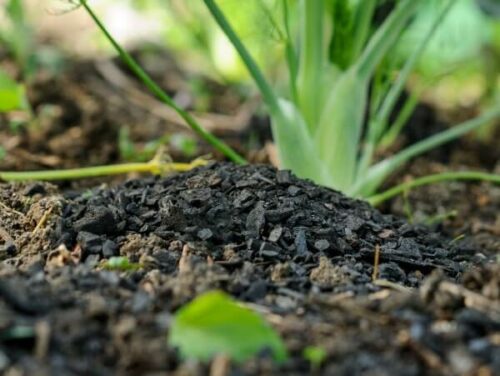
Article Tags
BiocharRelated Product
Biochar Soil Improver
Looking for a soil additive that will promote root development, improve soil structure and help…
your Biochar
your Biochar
your Biochar
£9.99
Share This Article
Related articles
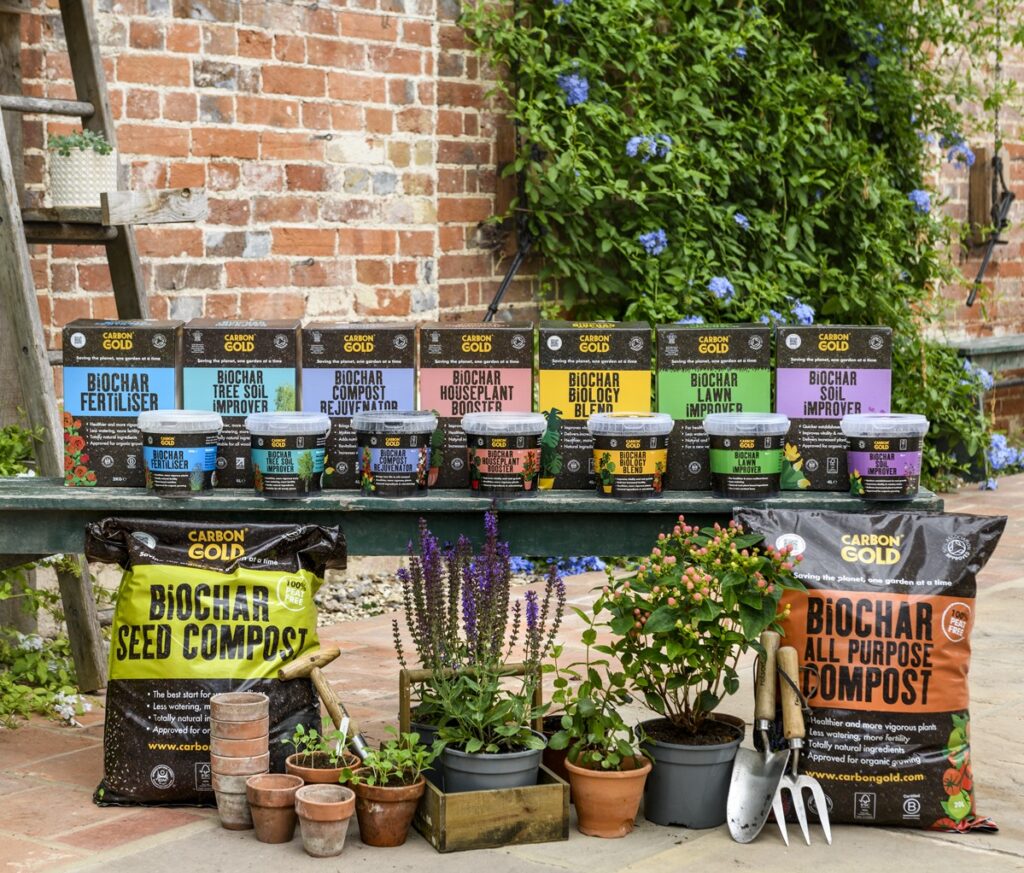
Black Magic : Green Benefits of Carbon Gold Biochar
Category: FAQs, Guides, News
Carbon Gold is setting new standards in gardening, landscaping, arboriculture as well as agriculture and forestry. The benefits of Carbon…
Read MoreCarbon Gold
Biochar

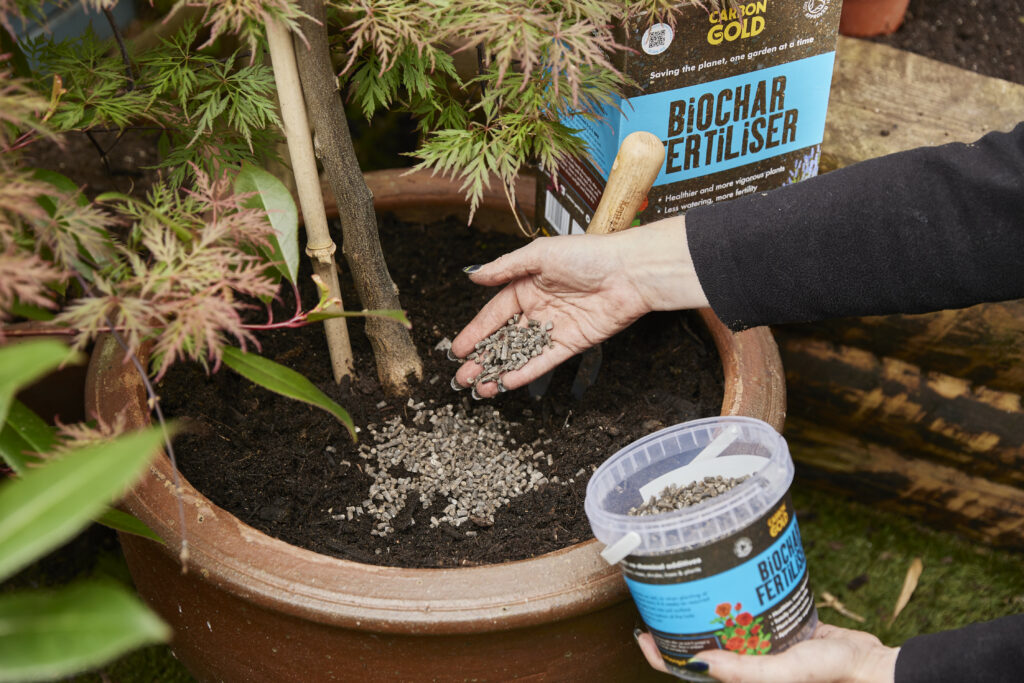
The Imperative Shift to Organic and Natural Fertilisers: Beyond Synthetic Options
Category: Guides, News
In the contemporary landscape of environmental consciousness, the selection of fertilisers for agricultural and horticultural use is increasingly critical. The…
Read MoreCarbon Gold
Biochar

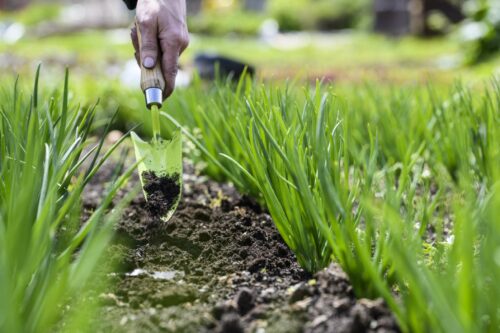
Soil Health: Should be a Top Priority in 2024
Category: FAQs, Guides, News
In the ever-evolving landscape of environmental awareness and sustainability, 2024 has marked a significant turning point in our understanding and…
Read MoreCarbon Gold
Biochar

